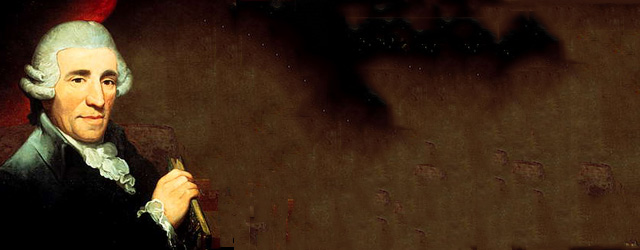Composed in 1768, this tempestuous minor-key work is the first of Haydn’s “Sturm und Drang” symphonies. “Sturm und Drang” (literally “storm and stress”) was a pre-Romantic movement that arose in German literature and music in the mid-18th century. Characterized by emotional and individualistic expression, it was perceived as a reaction to the cool rationality of the Enlightment.
While most of Haydn’s other symphonies (104 in all) were written in major keys, many of his works between 1768 and 1797 were written in minor keys. This work is scored for strings, oboes and 4 horns, an unusual combination later imitated by others, including Mozart (in his “little” G minor Symphony No. 25).
The first movement of this piece is agitated and episodic, with sudden stops, starts and explosive contrasts, reinforced by the winds. The second movement is an elegant Andante, played by strings only. The third movement features a melodic trio, with soloistic writing for oboes and (especially) horns. The final Allegro molto features impassioned violin leaps, played against a furious inner-string accompaniment, and brings this symphony to a frenetic conclusion.
Symphony No. 39 in G Major
H. 1/39
Composed in 1765
By Franz Joseph Haydn






